As written by the historian Herodotus (450 b.C.), the ancient list of the Seven Wonders of the World was formed by:
Colossus of Rhodes
Great Pyramid of Giza
Hanging Gardens of Babylon
Lighthouse of Alexandria
Mausoleum at Halicarnassus
Statue of Zeus at Olympia
Temple of Artemis at Ephesus
In 2007, the New Seven Wonders of the World list was declared after an initiative by the Swiss corporation New7Wonders Foundation:
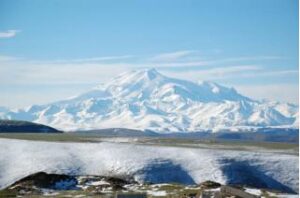
Mount Elbrus
Volcano located in the western area of Russia, it’s the tenth most prominent mountain in the world and the highest Caucasian (5.643 m) mountain.
Mount Elbrus has two twin summits, whose ascent is accessible to all climbers, though, according to many experts, it is considered dangerous because of its potential volcanic activity.
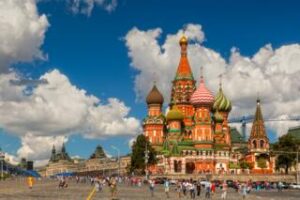
The Cathedral of Vasily the Blessed
Church located in the Red Square, Moscow, it’s now a museum, built from 1555 on orders from Ivan IV Vasilyevich “the Terrible” in commemoration of the capture of Astrakhan and Kazan.
The cathedral, since 1990 in the UNESCO World Heritage Site’s list, is one of the most famous Russians symbols.
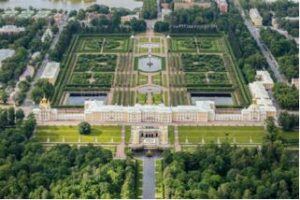
The Peterhof Palace
Recognized as a UNESCO World Heritage Site and referred as the “Russian Versailles”, it is a series of outstanding palaces and gardens located in Saint Petersburg, built in 1714 on the orders of Peter the Great.
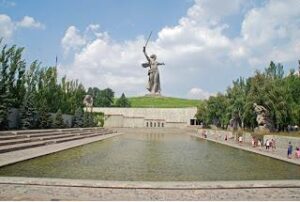
Mamayev Kurgan
A memorial complex in the city of Volgograd commemorating the Battle of Stalingrad (World War II, 1942- 1943), built between 1959 and 1967.
The complex is dominated by the Mother Russia statue (85 m high).
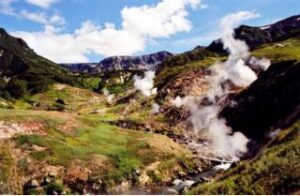
The Valley of Geysers
Located in the Kronotskij Natural Reserve, Kamchatka Peninsula, this spectacular valley has one of the largest concentration of geysers in the world with hundreds of living geysers and hot springs.
Discovered in the 1950’s it is now a UNESCO World Heritage site; the valley, due to its instability, is often subject to geological disasters like the events in 2007 and 2014 that had hardly damaged the landscape.
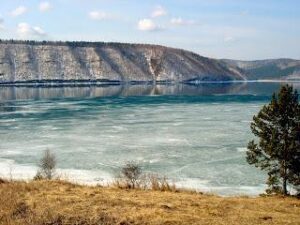
Lake Baikal
Formed more than 20 million years ago and located in the southern area of Siberia, it is the largest by freshwater, the deepest (1.642 m depth) and maybe the oldest an clearest lake in the world.
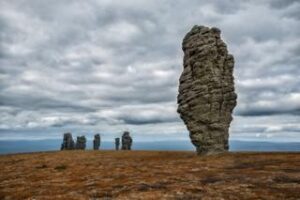
The Manpupuner rock formations
Also known as the Seven Strong Men Rock Formations, these seven gigantic (30-45 m high) stone pillars are located in the Pechoro-Ilychski Reserve, western Ural mountains.
The pillars have bizarre shapes formed through the effects of wind, rain, ice and snow.
